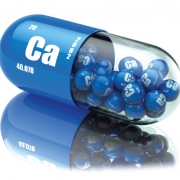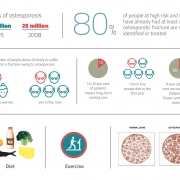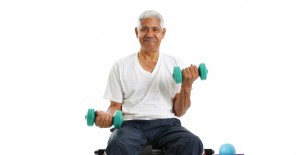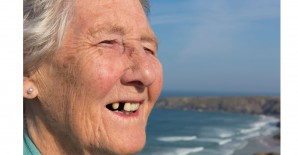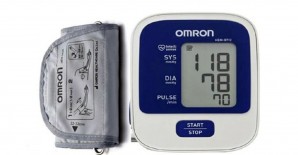
Health
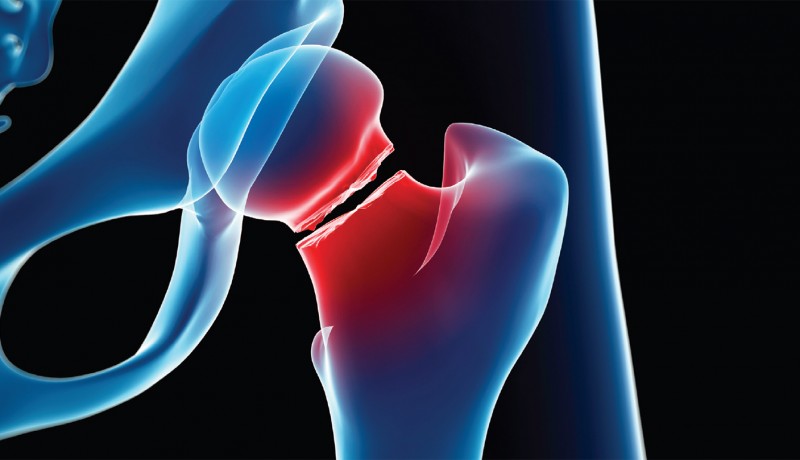
Fracture owing to osteoporosis can have a serious impact on a person’s health and quality of life. Dr Abhijit Y Pawar, consultant orthopaedic spine surgeon at Kokilaben Dhirubhai Ambani Hospital, speaks about the significance of timely intervention in preventing fractures
Osteoporosis is a condition characterised by decrease in density and strength of the bones. It leads to skeletal weakness and frequent fractures. Bone loss is a natural part of ageing but not everyone loses enough bone density to develop osteoporosis. However, the older you are, the greater your chance of having osteoporosis. Back pain, caused by changes in the vertebrae, may be the first sign that something is wrong.
The risk factors for osteoporosis include deficiency of calcium and Vitamin D3, a sedentary lifestyle, female gender/post-menopause, ageing, a family history of osteoporosis, history of broken bones, smoking, alcohol, excessive intake of coffee and certain medical conditions like rheumatoid arthritis, celiac disease and overactive thyroid gland. Intake of some medications like corticosteroids and anticonvulsants for a long duration is also a risk factor.
Why the concern?
In India, there were 20 million reported cases of osteoporosis in 2005; this number increased to 25 million in 2008. And this is just the tip of the iceberg as many cases go unreported. According to the International Osteoporosis Foundation, one in three women above 60 and one in five men above 60 in India are likely to suffer from a fracture owing to osteoporosis. Despite its serious impact, the approximately 80 per cent of people at high risk and who have already had at least one osteoporotic fracture are not identified or treated. This fracture ‘epidemic’ is a serious challenge for healthcare authorities, social institutions and, ultimately, for patients and their families.
Indeed, fractures owing to osteoporosis can have a serious impact on a person’s health, happiness and quality of life. They can result in chronic pain, long-term disability and death. As our life expectancy increases, so too does the proportion of the population suffering osteoporotic fractures. Osteoporosis can be present without any clinical features because it doesn’t cause any symptoms until a bone breaks. The symptom associated with an osteoporotic fracture is usually pain at fracture site. Some of the most common sites of fractures are the hip joint, wrist joint and spine. These fractures tend to happen from a minor trauma.
The impact of hip fractures
Hip fractures are one of the main reasons why older people lose their independence. After a hip fracture, 10-20 per cent of patients who used to live in the community will require long-term nursing care. Almost one in five people dies in the first year after suffering a hip fracture, and a greater risk of death may continue for at least five more years. A year later, 40 per cent are unable to walk independently and 60 per cent still require assistance.
The impact of vertebral (spinal) fractures
These can lead to back pain, loss of height, deformity, immobility, increased number of bed days, and even reduced pulmonary function. Vertebral fractures significantly affect the ability of people to carry out normal daily activities. After an initial hospitalisation for a vertebral fracture, there is a greater risk of another fracture in the following years. The overall socioeconomic impact of fragility fractures is huge in terms of direct costs for medical, hospital and surgical care.
DAILY CALCIUM NEEDS
| WOMEN | |
| Age 50 and younger | 1,000 mg daily |
| Age 51 and older | 1,200 mg daily |
| MEN | |
| Age 70 and younger | 1,000 mg daily |
| Age 71 and older | 1,200 mg daily |
DAILY VITAMIN D NEEDS
| Women and men | |
| Below 50 years | 400-800 IU |
| 50 and above | 800-1000 IU |
| IU-International Units | |
The diagnosis
The process of diagnosing osteoporosis begins with a physical exam. A DEXA (Dual Energy X-ray absorptiometry) scan or X-rays may be taken to detect skeletal problems. The DEXA scan is quite a precise method for diagnosis and takes only five to 10 minutes to perform. The patient is exposed to very little radiation (less than 1/10th of a standard chest X-ray), which typically measures bone density in the hip, spine and forearm. The bone density of the patient is compared to the average peak bone density of young adults of same race and sex. This score is called ‘T-score’. Osteoporosis is defined as a bone density T-Score of -2.5 or below.
Management
Diet: Dietary calcium may help combat low bone mass and reduce the risk of osteoporosis. Recommended food sources of calcium include low-fat dairy products (such as milk, cheese, and yogurt); dark, leafy green vegetables (such as broccoli and spinach); sardines and salmon with the bone; and foods fortified with calcium (such as orange juice and cereals). About 1,300 mg/day of calcium is recommended for children and adolescents from nine to 18 years of age, and 1,200 mg/day is recommended for adults above 51. The body makes Vitamin D through exposure to sunlight (15 minutes per day is recommended), and it can also be found in food sources such as egg yolks, saltwater fish and liver. Vitamin D supplements may be suggested for people who cannot get adequate sun exposure.
Exercises: High-impact weight-bearing exercises such as running, hiking and climbing stairs help to build bones and keep them strong. Low-impact exercises such as walking and some yoga poses also help keep the bones strong. These can be used as an alternative if one cannot do high-impact exercises. Muscle strengthening includes activities where you move your body, a weight or some other resistance against gravity. Weight-bearing impact exercises should be done for 30 minutes a day, five to seven days a week. Muscle-strengthening exercises should be done two to three days a week. If a person has osteoporosis or is frail, it may be better to do 10 to 15 repetitions with a lighter weight.
Medications: Treatment for three to five years with biphosphonates is safe and effective in treating osteoporosis and preventing fractures of the hip and spine. These inhibit bone loss by encouraging osteoclasts to undergo cell death. The most popular first-line bisphosphonate drugs are Alendronate and Risedronate. Another medication is teriparatide, genetically engineered analogue of human parathyroid hormone used to treat osteoporosis in patients at a high risk for fracture. Administration of teriparatide stimulates new bone formation, resulting in increased bone strength and density. Combination therapy with biphosphonates and teriparatide may be appropriate for patients with very low bone mineral density (BMD), T-scores, high risk of hip and other fractures, rheumatoid arthritis or patients in whom rapid response is required.
The burden of osteoporosis can be significantly reduced with adequate precautions and medications. Treatment goals have now shifted to ‘capture the fracture’, i.e. prevent the fracture before it catches you.
Photographs by iStock Featured in Harmony — Celebrate Age Magazine December 2016
you may also like to read
-
Hot tea!
If you enjoy sipping on that steaming hot cup of tea, think twice. New research establishes a link between drinking….
-
Weight and watch
If you have stayed away from lifting weights at the gym, thinking it might not be a good idea for….
-
Toothy truth
Research has established a clear association between cognitive function and tooth loss when cognitive function score was categorised into quintiles…..
-
PRODUCT OF THE MONTH
Automatic Blood Pressure Monitor Measure your blood pressure and pulse rate with no fuss Hypertension, or high blood pressure, could….



